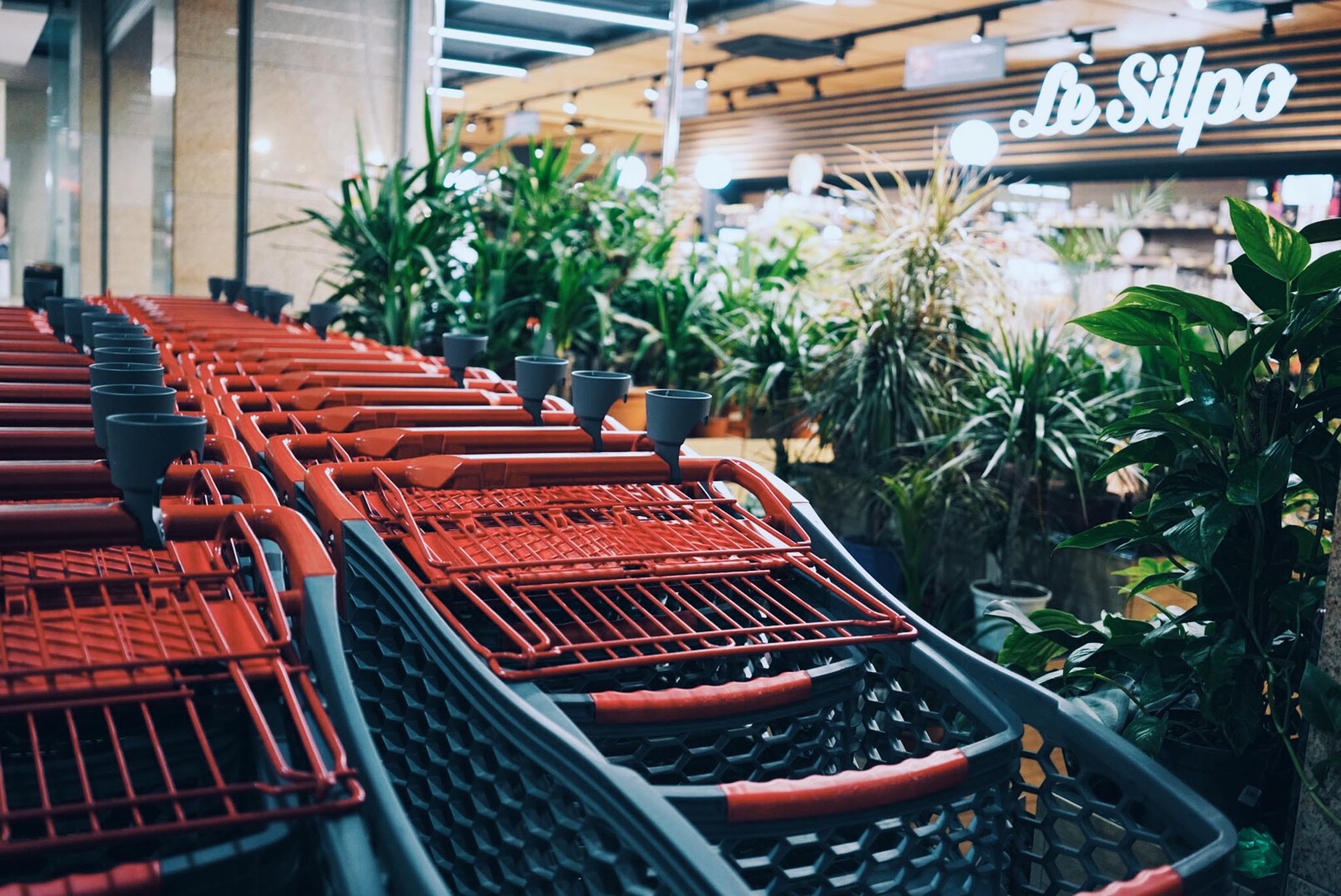We live in an interesting time where we carry the world in our pockets without a second thought. At any moment, we can browse the web, look for anything we’re craving, and – in the case of eCommerce – buy whatever we want with a few taps on the screen. Whether a business is a brick-and-mortar shop, a completely digital eCommerce website, or something in between, everyone can benefit from omnichannel retailing. But what does omnichannel mean exactly?
In this article, we’ll explore what omnichannel retailing is, what makes it different from traditional and multichannel retailing, its benefits, and how third-party logistics can fit into any business’s omnichannel strategy.
What is Omnichannel – And How is it Applied to Retailing?
Omnichannel retailing gets its name from being all-encompassing. In other words, it’s a customer service approach built around the concept of fully integrating every channel and touchpoint within the customer experience (CX) to make their journey more enjoyable and convenient. Omnichannel strategies give customers more control over their shopping experience, from how they buy from your business, how they receive their orders, and how they consume marketing content.
According to a 2020 research article by digital advertising platform Criteo, omnichannel strategies have three main benefits to retail:
- Omnichannel shoppers spend 4% more in-store and 10% more online compared to customers who interact with a business using only one channel.
- Omnichannel shoppers are more loyal, visiting physical stores 23% more often in a six-month period than non-omnichannel shoppers.
- While omnichannel retailing is popular with all generations, Millennials and Gen Z (in this study, those born before 1980) are the ones who engage with these strategies the most with 83% of them buying in-store after browsing online and 81% of them buying online after browsing in-store.
While omnichannel might seem like a very eCommerce-heavy term, it’s important to remember it’s not just about online shopping. Omnichannel is about the entire customer journey, including in-store visits. To the last point above, omnichannel strategies might include customer behaviors where people like to browse one way, then buy another. Again, it’s about what the customer wants and making it easier for them to interact with your business based on their preferences.
Omnichannel vs. Multichannel Retailing
Omnichannel and multichannel retailing are very similar, though very different approaches to CX. In the earlier days of eCommerce and social media, multichannel was king. Its strategies are very channel-centric; less about what an individual customer wants, but more about what a specific channel can provide. Examples of this can be social media campaigns, emailed newsletters, physical flyers, and television commercials that are all existing on their own. The only thing that ties them together is the brand they represent. If a customer prefers one channel over the other, it doesn’t affect the performance of the other channels.
Omnichannel retailing, however, is customer-centric. While these strategies use various channels and media to reach customers, each channel relates to the other. An email newsletter can point to social media channels or specific topic categories on a company blog that customers can subscribe to. If a company’s customers like to browse online but buy in-store, a store app can offer digital coupons redeemable at the brick-and-mortar location (though other digital coupons can be available for those who prefer online shopping).
The biggest difference between the two, however, is that omnichannel’s holistic approach to CX drives a lot of useful marketing and sales data. This, in turn, allows you to tailor your channels and empower your customers to create a shopping experience that best fits their needs and preferences beyond just checking in or tuning out like the multichannel strategies of yesteryear.
How Does Omnichannel Retailing Work with Your Retail Business?
While eCommerce and omnichannel go hand-in-hand, the COVID-19 pandemic and its aftermath have been a great illustration of the power behind these strategies. For instance, when initial restrictions were first introduced, people had a hard time going to physical stores since they were either closed, had very limited hours, or there were plenty of inventory shortages up and down the supply chain. Brick-and-mortar stores adapted by beefing up their online shopping experiences – but what about those who still preferred picking up their orders in person?
Curbside pickup is one such omnichannel strategy that’s remained after pandemic restrictions expired. A big example is grocery store chains offering online shopping with curbside pickup or delivery through their own apps. Each chain has different supplementary features; some include personalized coupons based on customer shopping habits, and others include a robust recipe and meal planning system that makes it easy to create shopping lists. Once an order is generated, the customer can schedule the time for pickup as well as alert staff when they’re on their way, how far away they are, and what space they’re parked in.
Because these apps require customers to have accounts, order data can then be used to continue tailoring their experience, offering better discounts to the individual or generating useful ideas to improve the entire platform. Though this example focuses on grocery stores, plenty of other retailers can make similar strategies and analyses by simply finding ways to serve their customers better. Omnichannel, then, is just finding all the ways to do that, understanding the relationship not just with the customer but between every channel and how the customer interacts with each of them.
How Can 3PL Help With Omnichannel Retailing?
Whether a business operates online or in-person, logistics underpins everything. With that in mind, a trustworthy third-party logistics (3PL) partner can make your omnichannel strategies much more effective. Here are a few ways 3PL can add value to your omnichannel retailing plans:
- Give your customers different shopping and shipping options. If you couldn’t offer online shopping before because you didn’t have the infrastructure to process those kinds of orders, a 3PL fulfillment service can handle all of that for you. They can also offer various shipping options, finding the best carriers that match speed and cost goals.
- Add transparency to the shipping process. Because most 3PL companies take advantage of warehouse management software, you can plug this software into your website to let you and your customers track their orders in real time. This not only keeps them informed, but can lower customer service call volume since customers no longer would need to call or email staff asking for updates on their orders.
- Provide useful data and sales insight to improve your business’s customer experience. As mentioned, omnichannel retail is a very data-friendly approach to retail strategy. With all the information gathered just through CX interactions and sales, you can identify opportunities to grow your business and brand awareness while serving your customers better in ways they prefer. In other words, customers inform you of what they want through their actions; omnichannel analytics help organize all that into actionable goals for your campaigns.
Build Your Omnichannel Retailing Strategies with UCanTrade
If you haven’t considered omnichannel retailing, it’s one of the best ways a 21st-century business can keep ahead of its competitors. By focusing more on the customer, their journey, and the preferences they signal from first interest to latest purchase, you can build your company reliably from feedback and data automatically generated each step of the way.
Want to learn more? Reach out to the helpful logistics experts at UCanTrade today and find out how we can be a part of your new omnichannel strategy.



